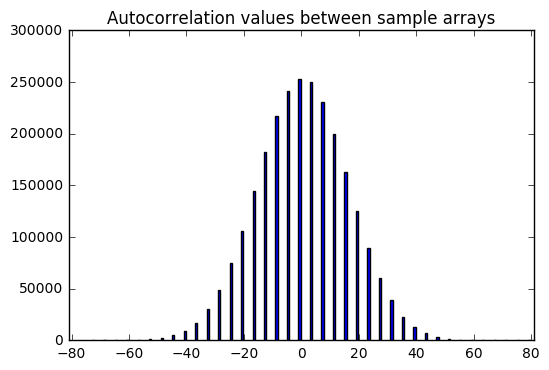

However, an LFSR with a well-chosen feedback function can produce a sequence of bits that appears random and has a very long cycle.Īpplications of LFSRs include generating pseudo-random numbers, pseudo-noise sequences, fast digital counters, and whitening sequences. Likewise, because the register has a finite number of possible states, it must eventually enter a repeating cycle. The initial value of the LFSR is called the seed, and because the operation of the register is deterministic, the stream of values produced by the register is completely determined by its current (or previous) state.

Thus, an LFSR is most often a shift register whose input bit is driven by the XOR of some bits of the overall shift register value. The most commonly used linear function of single bits is exclusive-or (XOR). In computing, a linear-feedback shift register ( LFSR) is a shift register whose input bit is a linear function of its previous state. JSTOR ( March 2009) ( Learn how and when to remove this template message).Unsourced material may be challenged and removed.įind sources: "Linear-feedback shift register" – news Please help improve this article by adding citations to reliable sources. A2U2 stream cipher and the proposed CA based stream cipher is compared which explores the quality of random number generated and hence increases the security of the cipher.This article needs additional citations for verification. The quality of random numbers from the proposed CA-based stream cipher is tested by using the DIEHARD test and entropy test. This paper explores the combination of LFSRs and CA as the key components of an efficient stream cipher design which can be implemented on Field Programmable Gate Arrays (FPGAs). A CA-based architecture will likely form the basis for the development of ultra-high speed and compact quantum-based computers. Where linear feedback shift registers (LFSRs) combined with nonlinear feedback shift registers (NFSRs) have typically been used for PRNGs, the use of cellular automata (CA) is another viable option. The proposed stream cipher design based upon a recent published design known as A2U2. Pseudo-random number generators (PRNGs) are the main key component of stream ciphers used for encryption purposes.


 0 kommentar(er)
0 kommentar(er)
